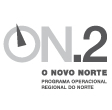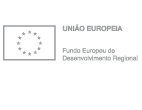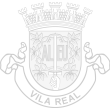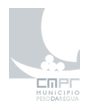A region demarcated with tin
Add MyTrip
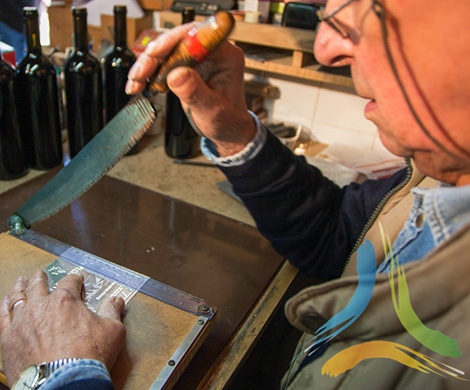
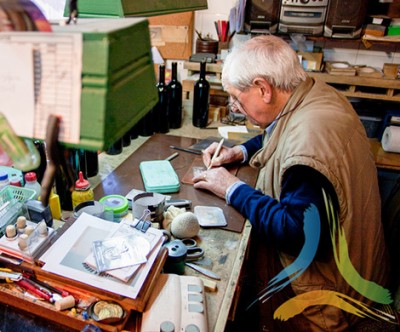
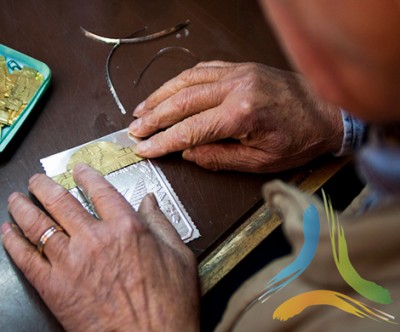
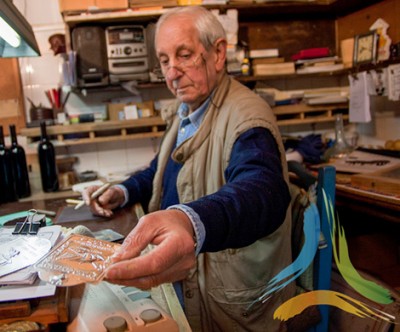
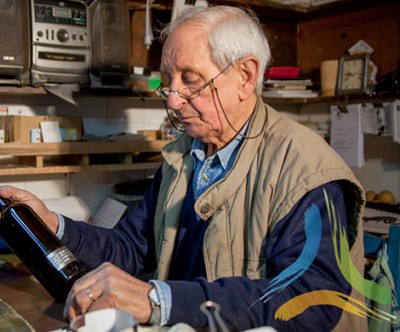
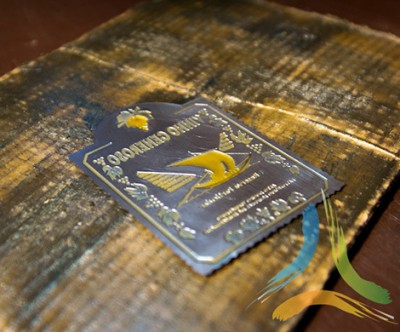
41.19977544552972
-7.713260316894548
A region demarcated with tin
Images of grape harvest baskets, rabelo boats, ox carts and grape bunches cut out in tin are the favourite symbols for those who buy one of the countless bottles labelled by Acácio Carvalhais.These containers, which hold the precious nectar...
Presentation
Images of grape harvest baskets, rabelo boats, ox carts and grape bunches cut out in tin are the favourite symbols for those who buy one of the countless bottles labelled by Acácio Carvalhais.
These containers, which hold the precious nectar of the Douro hillsides, have travelled the world thanks to the recognition of the mastery of a craftsman who has been working tin for 26 years in Vila Seca de Poiares.
One day, Acácio became convinced this could be a very pleasant activity. This jack of all trades was formerly a customs clearance assistant, a seller of frozen fish, a football coach and he still is a chartered electrician.
Despite “doing a bit of everything”, he chose to work with tin, using Douro motifs, because he knew he could “show the world” the idyllic image of his birthplace.
The first contact with tin
It was 1986 when he had his first contact with the raw material that would accompany him for the rest of his life. “I went to Lisbon, looking for work, but I didn’t like what I was offered. While I was there, I took a course about tin. After three days, I knew more than the teacher,” he confides.
He paid “40,000 escudos” for the training, and ended up returning to the North, convinced that he had learned enough to set up in business. “I bought a few sheets of tin at Casa Ferreira, in Lisbon, and some tools. Got myself the basic things to start working and came back. My wife was furious because I didn’t complete the course.”
The idea of applying tin to bottles cropped up when he saw a tin-plated bottle at a friend’s house. Acácio immediately saw a purpose to the learning he’d brought home from the capital.
The first pieces were sold to a shop in Régua. Then, a winegrower friend of his bought a bottle from him. “He was so excited that he asked me immediately for 50 pieces. It took me about a month to make them, and from there the business expanded naturally.”
Over the years, Acácio came to know many buyers of his creations, and the price of the bottles would vary according to the times. Today, each container costs 12 euros.
Wisdom in gestures
The craftsman’s daily routine cannot do without the tools acquired long ago. Stumps, embossers and the Stanley knife are indispensable tools in the production of these impressions of the Douro.
“Besides these tools, I use bottles, sheets of tin and a mix of beeswax and resin, which serves to fill in the back of the label,” he explains.
His most popular piece is the label with the bunch of grapes and the rabelo boat; but there are some interesting requests as well. “The other day someone asked me for a bottle with some right old profanities, and I complied. After all, we live in a democracy today, so we’re free to do as we wish,” he reveals.
The destination of the labels
In the old days, Acácio had several points of sale scattered around the region – in Régua and Lamego – but today, “also because of the crisis”, things have changed. “Now they come to my house for the bottles and they buy them here,” he says.
The only scenario that does not change, regardless of the overall climate, is demand and the recognition of his work. “People love my bottles, indeed they’re scattered across the five continents. One of my bottles was taken to Pope John Paul II by the Régua City Council and a package for all the Ministers of Agriculture of Europe, at the time still called the European Economic Community (EEC). Even George W. Bush, when he was President of the United States of America, got one,” he recounts with pride.
The Casa do Douro also asked him for a bottle for a French lady who was at the time the oldest person in the world, although she has since died at more than 120 years of age. The year she celebrated her anniversary, the Casa do Douro presented her with three Port Wine bottles insribed with her age.
This is how the famous Port Wine travels the world aboard Acácio Carvalhais’s personalised bottles. It is by preserving this ancient know-how that the artisan keeps the uniqueness of the Douro alive, having become an active agent in publicising a region where everything is special.
Text: Patrícia Posse | Daniel Faiões
Schedules/Prices
Contacts
Owner/Responsible
Acácio Carvalhais
Acácio Carvalhais
Address
Vila Seca de Poiares,
5050-343 Peso da Régua
Vila Seca de Poiares,
5050-343 Peso da Régua
Phone
+351 254906230
+351 254906230
Latitude
41.19977544552972
41.19977544552972
Longitude
-7.713260316894548
-7.713260316894548







